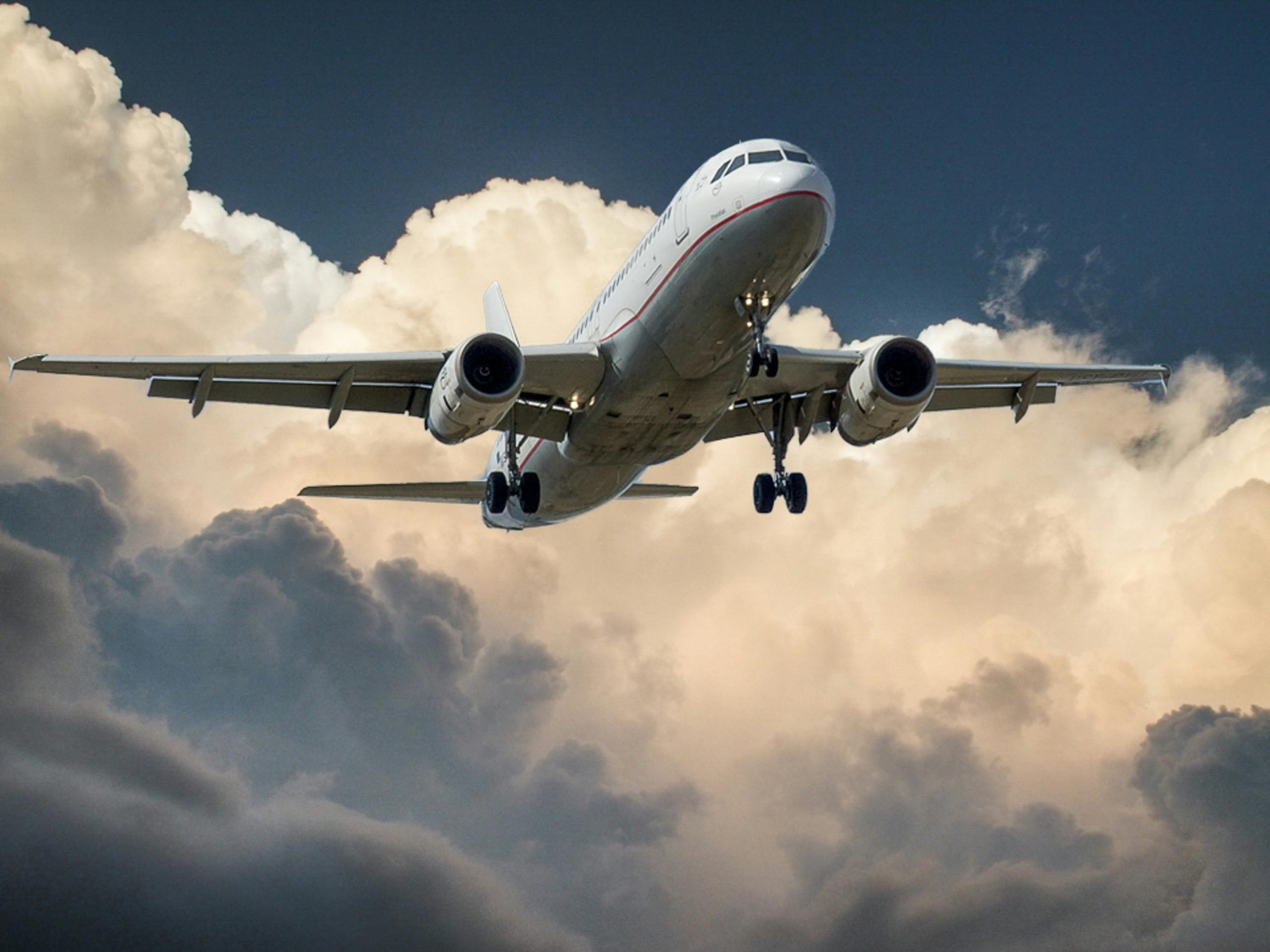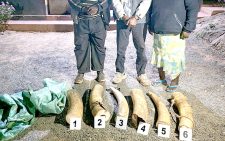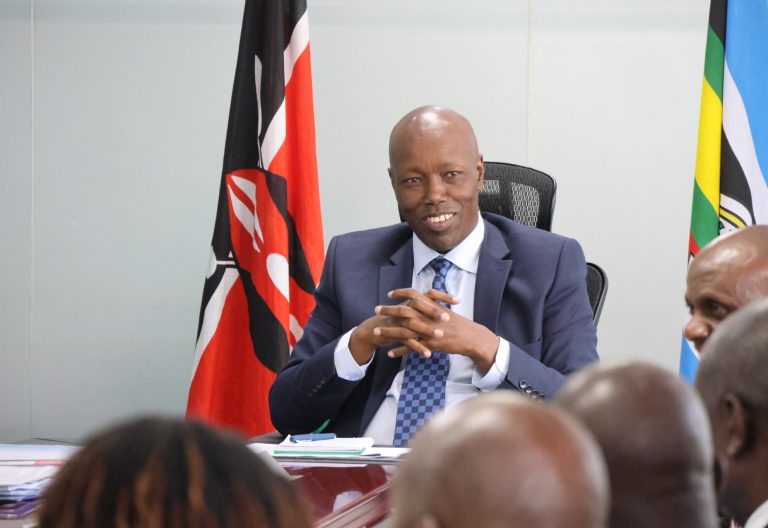Beyond the beaten path: An invite to Kenya’s unique ‘Twin Migration’

Kenya is doubling down on its efforts to revamp its tourism playbook by offering not one but two world-class natural spectacles in a single season, in a move aimed at boosting visitor numbers, extending tourist stays, and deepening the country’s appeal beyond traditional safari experiences.
Dubbed the Twin Migration, the phenomenon offers travellers the rare chance to witness both the Great Wildebeest Migration in the Masai Mara and the Humpback Whale Migration along the Indian Ocean coast.
Both occur between July and September, creating what the Ministry of Tourism is calling a “quad experience,” a layered itinerary that combines land, sea, forest, and culture.
“This is an invitation to the whole world to immerse themselves in a thrilling adventure,” Cabinet Secretary for Tourism and Wildlife, Rebecca Miano, said.
“It’s real, it’s amazing, and it happens every year between July and September in Magical Kenya,” she added.
During this period, waves of wildebeest journeyed from Tanzania’s Serengeti into the Maasai Mara in search of greener plains and fresh water.
At the same time, graceful humpback whales travel from the icy waters of Antarctica to the warmer Indian Ocean near Watamu, where they gather to nurture their young ones.
Kenya’s tourism industry has long leaned on its tried-and-tested safari circuit, led by the Big Five, the Masai Mara, and the Rift Valley lakes.
While these continue to attract high-end tourists, the post-pandemic recovery has necessitated a broader axis.
“Traditional tourism products remain the foundation,” Miano acknowledged.
“But we are diversifying aggressively to offer richer, multi-dimensional experiences that cater to eco-tourists, culture seekers, and marine adventure lovers,” she said.
The numbers suggest the strategy is bearing fruit. According to the Kenya Tourism Board (KTB), the country welcomed 1.96 million international visitors in 2024, marking a 17.5 per cent rise from 2023.
Receipts hit Ksh352 billion, surpassing pre-pandemic highs. The Ministry projects that international arrivals will surpass the 2.2 million mark by 2026, supported by marketing campaigns, improved infrastructure, and niche products like the Twin Migration.
The Great Wildebeest Migration, a UNESCO-listed wonder of nature, is often called the “greatest show on Earth.”
Each year, over 1.5 million wildebeest and hundreds of thousands of zebras and antelopes cross into Kenya’s Masai Mara from Tanzania’s Serengeti.
Their perilous journey across crocodile-infested rivers is a magnet for documentary filmmakers and global tourists alike.
At the same time, humpback whales, having travelled over 4,000 kilometres from the Southern Hemisphere, grace Kenya’s coast, especially Watamu and Diani, for calving and breeding.
This marine migration, still a lesser-known treasure, is gaining visibility through partnerships between local tour operators and conservation bodies.
“Few places in the world offer both terrestrial and marine migrations in a single season,” Miano noted.
“The Twin Migration offers a unique dual-nature narrative that positions Kenya ahead of its regional peers,” she added.
Adding a further layer to the Twin Migration is the “Small Five” forest experience in the Arabuko Sokoke Forest, a short drive from Watamu.
Tourists are encouraged to document the Rhinoceros Beetle, Elephant Shrew, Ant Lion, Leopard Tortoise, and Buffalo Weaver, Kenya’s tongue-in-cheek tribute to the Big Five safari icons.
“It is a powerful invitation to slow tourism,” Miano said.
“We want people to linger longer, explore deeper, and connect with nature at all scales.”
With climate resilience and eco-tourism now top-of-mind globally, these kinds of low-footprint activities are gaining traction among Gen Z and millennial travellers, particularly from Europe and North America.
The ministry’s 2025 campaign cleverly aligns with the UN-designated International Year of Glaciers’ Preservation, Peace and Trust, Quantum Science and Technology, and Cooperatives.
The year 2025 is also a mathematically perfect square (45 x 45), offering the tourism board a poetic hook for marketing quad experiences.
“2025 offers a numerically unique alignment that symbolises balance and discovery,” Miano noted. “It’s the perfect year to explore Kenya through four lenses—land, sea, forest, and spirit,” she said.
To complement the ministry and KTB’s initiatives, Kenya Airways has ramped up direct flights from key source markets, and the government has committed to enhancing connectivity between Nairobi, the coast, and national parks through better roads and airstrips.
Tourism is Kenya’s third-largest foreign exchange earner after remittances and agriculture.
But with regional competition heating up, with Tanzania, Rwanda, and even Uganda investing heavily in branding and conservation, Kenya’s focus on bundled, immersive experiences is as much about competitive positioning as it is about storytelling.
“The Twin Migration is not just a product. It is a narrative, an economic engine, and a conservation catalyst rolled into one,” the CS said.
As Kenya aims to be a top-three African destination by 2030, such innovations will be critical in sustaining interest, increasing tourist spend, and ensuring the sector’s contribution to gross domestic product (GDP) grows from the current 7.5 per cent to the targeted 10 per cent.
With the 2025 season looming, the ministry has launched targeted campaigns in Germany, North America, and China, the latter now a top-five source market.
Influencers, film crews, and scientists are also being courted as Kenya doubles down on visibility and value.
If successful, the Twin Migration could set a new benchmark for what an African tourism product can look like, rooted in nature, scaled through culture, and amplified by meaning.
“It’s time the world realised that Kenya is not just about the Big Five or the beaches,” Miano concluded. “We are a destination of quad experiences—wild, marine, mindful, and mathematical.”













